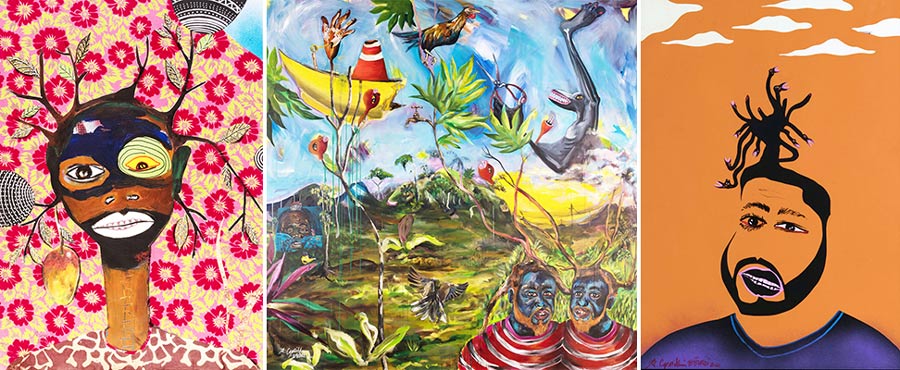Why are NFTs important to the art space? By whatever name we eventually call them, nonfungible tokens have several advantages that suggest the underlying technology is here to stay. In talking with hundreds of artists and collectors over the months, I’ve found that there remains a wellspring of excitement about NFTs, even for folks who don’t know a thing about blockchain or cryptocurrencies.
Here are five reasons why blockchain art promises to provide lasting value to the art market:
Ownership and provenance
NFTs provide a way for both collectors and creators to prove ownership and authenticity of digital art. Because NFTs are stored on a blockchain, they create a permanent and tamper-proof record of ownership and transaction history. It reduces the incidence of fraud and forgeries and ensures that artists are compensated for their work.
New revenue streams
NFTs offer the prospect of new revenue streams for artists and collectors. By creating unique, verifiable digital assets, NFTs increase the value of digital art and allow artists to earn income for their works in new ways. They also create new opportunities for collectors to invest in digital art and earn returns.

Greater accessibility
NFTs provide art lovers with greater accessibility and democratization to the art market. You no longer need to walk into an art gallery to buy a physical work. NFT marketplaces expand the reach of artists to showcase their works from the neighborhood or city level to a global audience. By allowing artists to sell digital art directly to collectors, NFTs can bypass traditional gatekeepers like galleries and auction houses. (To be sure, galleries still have a place in this new world, but they’re no longer in charge of what collectors get to see.) This can make it easier for emerging artists to gain exposure and sell their work.
New ways to show off your art
Probably the vast majority of folks reading this article are not traditional collectors of art — that is, your walls are not likely lined with original works of art. In the coming years those traditional art collectors will be joined by what I believe will be a larger cohort of digital art lovers who show off streams of art they own or subscribe to in their homes and offices. See why digital wall art could be the next big thing.
Preservation of art

NFTs can help preserve and conserve digital art. One of the artists in the Origins & Ancestries collection, Ronald Cyrille of Guadeloupe, recently recounted how a tragic fire had destroyed his entire portfolio of physical works, but he managed to digitize several hundred copies and is turning them into NFTs. While physical artworks can be damaged, stolen or removed (ask anyone who’s created public murals or street art), digital art can also prove ephemeral and subject to being easily copied and distributed with no way to ensure its longevity and conservation. By creating a verified record of ownership and transaction history, NFTs that are stored on Web3 servers can help preserve digital art for future generations.
Overall, NFTs — blockchain art — represent a significant development in the art market, offering new possibilities for ownership, revenue, accessibility and preservation in the digital age.
At top: Two works by Picardo that are part of the “Origins & Ancestries” art drop.
The Expressions team and ChatGPT contributed to this article.
